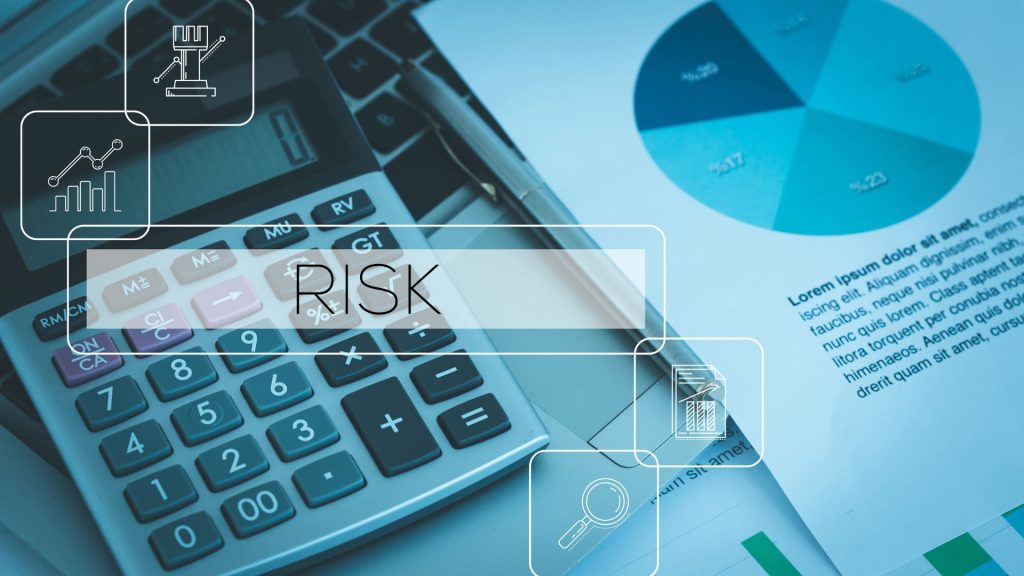The risk indicators or red alerts to the money laundering activities are required to be identified and investigated by the institution or organization on timely basis, to prevent the risk of occurrence of the indicators.
MLRO and account opening team ensure that enhanced due diligence measures are applied for high-risk category customers and before obtaining the high-risk category customer, the approval of Board of Directors / Senior Management is obtained in a formal manner. No account of high-risk category customer shall be opened, without such EDD and approval.
Risk Indicators or Red Alerts for Money Laundering and Terrorist Financing
When entering into a business relationship, the MLRO checks whether the customer, or the UBO of the customer, is a PEP. If the customer or UBO becomes or is found to be a PEP during the business relationship, the MLRO and relevant employees must take additional measures as quickly as possible such as establishing the source of wealth of a UBO who is a PEP. In cases where it proves impossible to establish the source of the wealth, the MLRO and relevant employees must be able to demonstrate that it has made sufficient efforts to discover the source.
Enhanced customer due diligence (EDD) measures mean obtaining more detailed information for identification and verification of customers. For all high-risk category customer, including the politically exposed persons (PEPs), in addition to basic KYC information, the EDD measures are applied where detailed information is asked from the customers, including the source of financing for proper identification and verification of the category of customers.
The organizations shall do more than simply check whether the customer or other stakeholders appear(s) on the sanctions lists, whether they are creditworthy (e.g., through the appropriate Credit Registration Agency) or whether their identity documents are genuine and whether the customer appears in institutions’ internal or external warning systems.
Such additional information may relate to the reputation of the customer or the UBO, but also of persons with whom they are associated. This includes the acquisition and assessment of information on business activities, including negative information. As part of enhanced customer due diligence, the institution must also conduct a deeper investigation into the source of the funds.
To assess the category of customer as high, there is a risk score-based criteria which includes the expected number of transactions, amount involved, profile information of customer, age of person, country etc. All identified high-risk category customers are to be marked as high-risk customer or client and approval is to be obtained from Senior Management to open their accounts. The enhanced customer due diligence must take place if there is a heightened risk of money laundering and terrorist financing.
Enhanced customer due diligence must always be applied in the following cases:
If the business relationship or transaction by its nature entails a higher risk of money laundering or terrorist financing.
If the customer is resident, established or has its registered office in a state designated by the European Commission under Anti-Money Laundering Directive as carrying a higher risk of money laundering or terrorist financing.
ML/TF risks being faced or possible ML/TF activity:
Complex structured financing transactions or collateral arrangements with private customers.
Politically exposed persons (PEPs) or customers conducting transactions involving PEPs.
Bank products and services that by their nature are susceptible to inappropriate use (e.g back-to-back loans, large cash deposits, commercial real-estate activities).
Customers with transactions to/from countries that are subject to sanctions (including trade sanctions), free trade zones, offshore centers, tax havens and countries which appear on the FATF watch list.
Customers with frequent, non-routine, complex treasury and private banking products and services.
Non-routine, cross-border payments by non-customers.
Correspondent bank accounts with banks in jurisdictions with weak laws to combat money laundering and terrorist financing.
The business relationship is conducted in unusual circumstances.
Customers that are resident in geographical areas of higher risk
Legal persons or arrangements that are personal asset-holding vehicles.
Companies that have nominee shareholders or shares in bearer form.
Businesses that are cash-intensive.
The ownership structure of the company appears unusual or excessively complex given the nature of the company’s business.
Customer is a third country national who applies for residence rights or citizenship in the Member State in exchange of capital transfers, purchase of property or government bonds, or investment in corporate entities in that Member State.
Transactions related to oil, arms, precious metals, tobacco products, cultural artefacts and other items of archaeological, historical, cultural and religious importance, or of rare scientific value, as well as ivory and protected species.
Non-face-to-face business relationships or transactions.
New products and new business practices, including new delivery mechanism, and the use of new or developing technologies for both new and pre-existing products.
Countries subject to sanctions, embargoes or similar measures issued by, for example, the Union or the United Nations.
Countries providing funding or support for terrorist activities, or that have designated terrorist organizations operating within their country.
Countries identified by credible sources as having significant levels of corruption or other criminal activity.
Final Thoughts
Money laundering causes harm to organizations and countries in a variety of ways. Allowing money laundering through your business may result in high legal costs if the authorities discover it. Every year, criminals launder millions of dollars in “dirty” money, and many are apprehended. To protect your company from financial crimes and penalties from anti-money laundering regulators, you must be aware of the red flag indicators that indicate illegal activity.
It is critical to be aware of any suspicious activity. Red flag indicators make it easier for businesses to detect and report suspicious activity. It assists Money Laundering Reporting Officers (MLRO) in categorizing suspicious activities and assisting them in writing Suspicious Activity Reports (SAR) and reporting to the Financial Crimes Enforcement Network (FinCEN) as needed.




